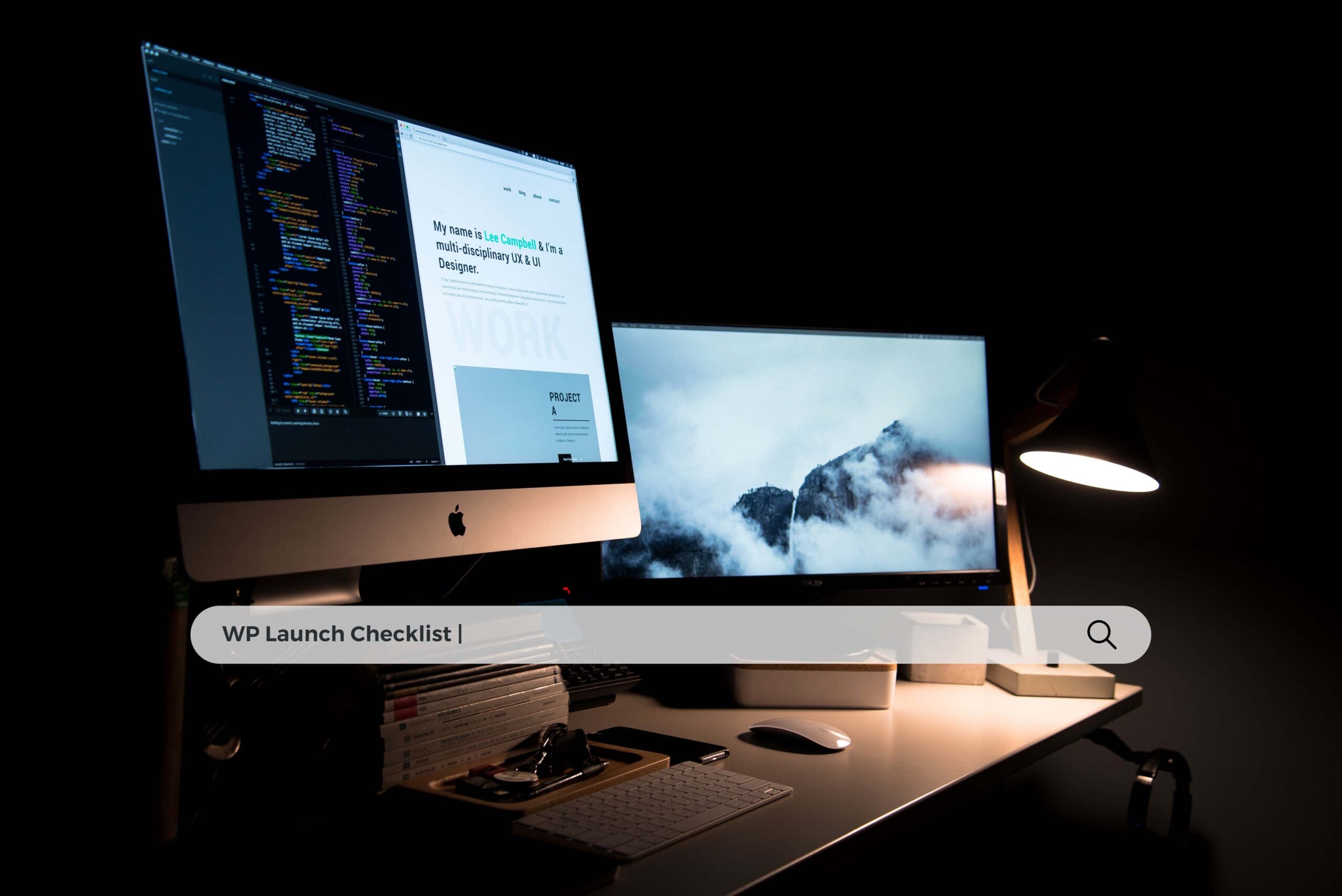The launch of a new WordPress website is a critical event that requires careful planning and preparation. A well-planned and executed website launch will help ensure the success of your online presence, build a solid foundation for your brand, and provide your users with a positive experience. In this article, we’ll walk you through a comprehensive checklist of the essential steps you need to take to ensure a successful website launch.
Pre-Launch Preparation
Before you launch your website, you need to make sure that it is ready for prime time. The following steps will help you prepare for the big day.
1. Choose a Hosting Provider
Your hosting provider is the backbone of your website and will impact its speed, uptime, and overall performance. So, it is essential to choose a reliable hosting provider that can meet your needs. Some popular options include Bluehost, SiteGround, and WP Engine.
2. Install WordPress
Once you have selected a hosting provider, you need to install WordPress on your server. This process is relatively straightforward, and your hosting provider will usually have a one-click installation process to make it easier.
3. Choose a Theme
Your WordPress theme will determine the appearance and functionality of your website. There are thousands of free and paid themes available, so take your time and choose one that meets your needs.
4. Install Plugins
Plugins are small pieces of software that add additional functionality to your website. You will need to install a few plugins to help you manage your website, such as SEO, security, and backup plugins.
5. Configure Your Website
Once you have installed WordPress, your theme, and your plugins, you need to configure your website. This includes setting up your permalinks, categories, and tags, and customizing your website’s appearance.
6. Test Your Website
Before you launch your website, you need to thoroughly test it to ensure that everything is working as it should. This includes checking for broken links, and spelling errors, and ensuring that your website is responsive on different devices.
7. Set Up Analytics
Analytics is an essential tool for measuring the success of your website. You will need to set up analytics to track your website’s traffic, bounce rates, and other important metrics.
Launch Day Preparation
On launch day, you must ensure that your website is ready to go live. The following steps will help you prepare for the big day.
1. Back-Up Your Website
Before you launch your website, you need to make sure that you have a recent backup of your website. This will ensure that you can quickly restore your website if anything goes wrong.
2. Change Your Permalinks
Your permalinks determine the structure of your URLs, so it’s important to change them before you launch your website.
3. Set Up Redirects
If you are launching a new website, you will need to set up redirects from your old website to your new one. This will help ensure that your users are redirected to the correct page on your new website.
4. Update Your DNS Settings
Your DNS settings determine the location of your website, so it’s important to update them before you launch your website.
5. Test Your Website Again
Before you launch your website, you need to test it one last time to ensure everything is working.
Launch Day
Launch day is the day you’ve been preparing for, and it’s time to go live. The following steps will help you launch your website.



